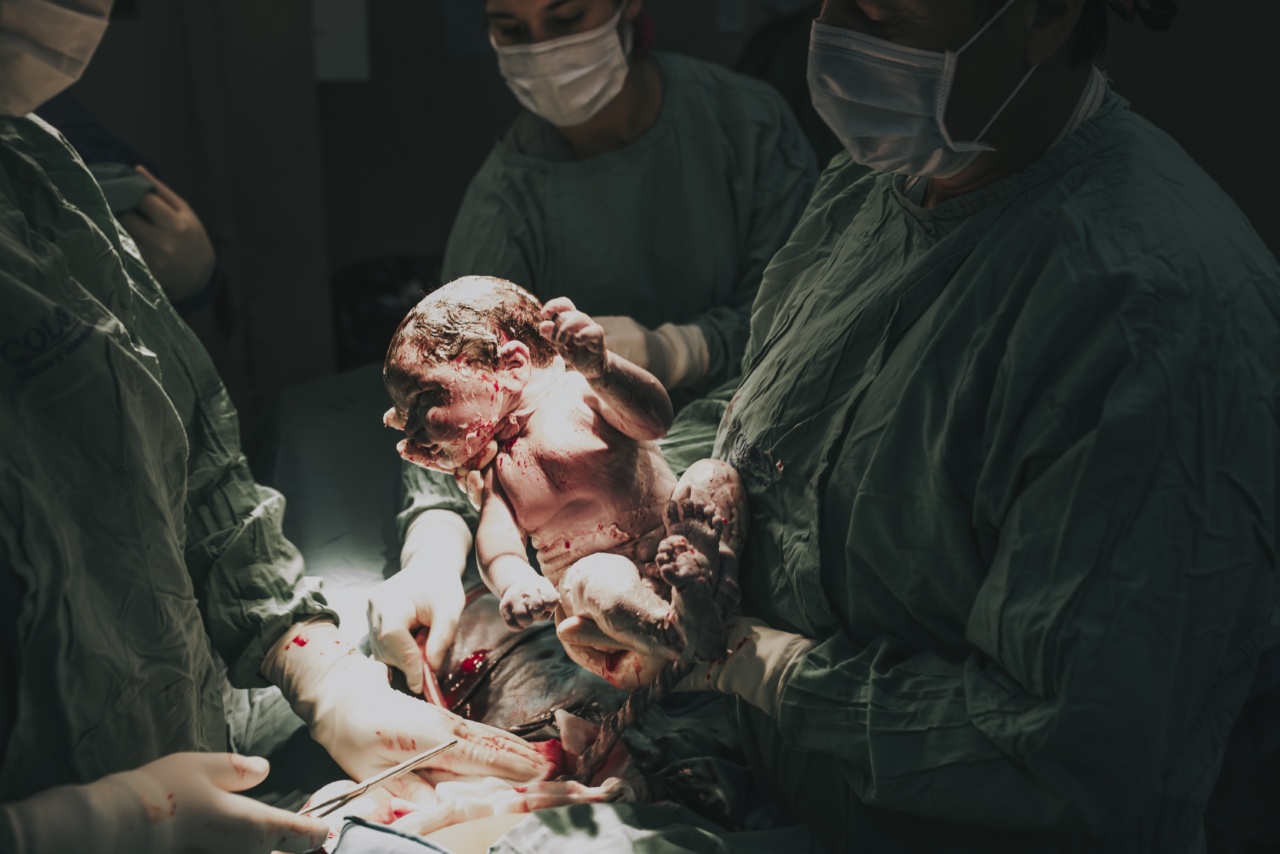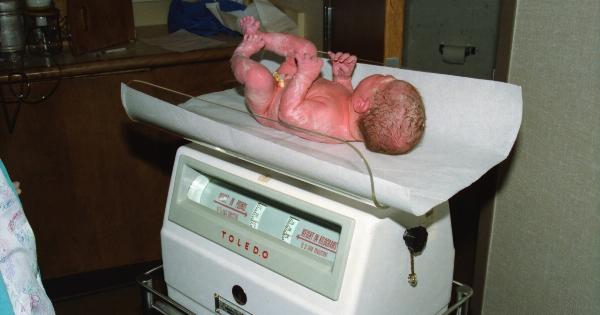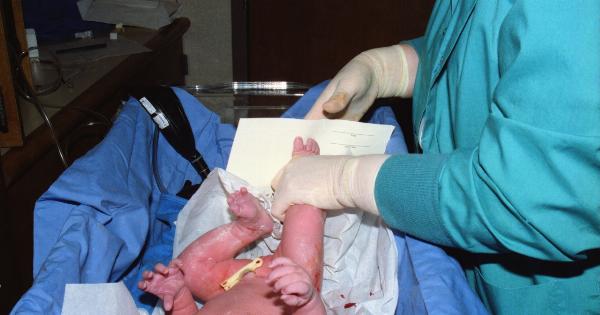Giving birth is a memorable moment for most women. However, some women are not able to give birth naturally. In such instances, a cesarean section (C-section) is recommended.
In a C-section, a surgical incision is made in the lower stomach in order to extract the baby from the womb. This procedure is usually quick, and both mother and baby usually recover well. Nonetheless, as with any surgery, C-section has risks and benefits that both women and their healthcare providers must consider before making the final decision.
In this article, we will examine the benefits and risks of birth after C-section.
Benefits of Electing a vaginal birth after C-section (VBAC)
Choosing a VBAC is associated with several benefits:.
Shorter recovery time
When a C-section is performed, the woman’s abdominal muscles are cut. However, when a woman delivers vaginally, the muscles undergoes natural stretching, making it easier for women to recover after delivery.
Additionally, women who opt for a VBAC do not require prolonged bed rest, and they can also start minor exercise a few days after giving birth. They can also return to work, and breastfeeding more quickly.
Lower risk of infection
A C-section is a surgical procedure that requires anesthesia. Anesthesia can sometimes cause complications. Additionally, the incision made during a C-section may take longer to heal and may also become infected.
With a vaginal delivery, the risk of infection is lower.
Reduced chance of breathing problems in babies
During a vaginal delivery, the newborn baby’s chest experiences pressure, which helps to clear the fluid that is in their lungs during the birth process.
When a baby is delivered by C-section, they may have trouble removing this fluid from their lungs, which can increase the risk of breathing problems. Babies born vaginally are less likely to experience breathing problems and will transition better after birth than those delivered by C-section.
VBAC has a higher success rate for future pregnancies
Once a woman has had a C-section delivery, it doesn’t mean that they will continue with a C-section delivery for subsequent births.
Indeed, many women who birthed through C-section opt for a VBAC for subsequent deliveries, and they report having successful vaginal deliveries without experiencing complications. By contrast, women who continue to deliver via C-section for subsequent pregnancies are likely to continue with the same mode of birth for future pregnancies.
This can lead to a situation known as “once a C-section always a C-section,” which can cause some women to experience difficulty in getting pregnant in the future.
Risks of a vaginal birth after C-section (VBAC)
Although a VBAC is associated with several benefits, there are also some risks that a mother must be aware of before making the final decision. They are:.
Uterine rupture
Uterine rupture is a rare complication that can happen during vaginal birth after a C-section. It occurs when the uterus tears open, either on the scar left over from the previous C-section or in an entirely new place.
This condition can lead to significant blood loss, which can put both the mother and her baby’s life in danger. However, the risk of uterine rupture is low, approximately 1%-2% among women who opt for VBAC.
Emergency C-section
While women who opt for VBAC have the intention of having a vaginal birth, it doesn’t necessarily mean that such birth will occur. When labor gets stalled, and the baby is distressed, an emergency c-section may be necessary.
Women who give birth after C-section must be aware that they may need urgent surgery if there are any complications.
There’s a higher chance of a baby being born with problems
Certain conditions are related to an increased chance of having a baby born with problems during VBAC delivery.
For example, babies with macrosomia, a condition whereby the baby is too large for the mother’s pelvis, have more risks of getting their shoulders stuck or having other problems during delivery. Women who are considering VBAC must discuss this with their OB-GYN to determine if the baby is a good candidate for a vaginal delivery.
Conclusion
When it comes to delivering a baby, most women hope for a natural vaginal birth. However, when a C-section is necessary, it is not the end of the world. Choosing a VBAC has benefits and risks just as delivering a baby through C-section.
Every woman should weigh the benefits and risks before deciding on the mode of delivery. Women must engage their healthcare provider in a conversation regarding the choice of delivery that will best work for them and their baby.




























